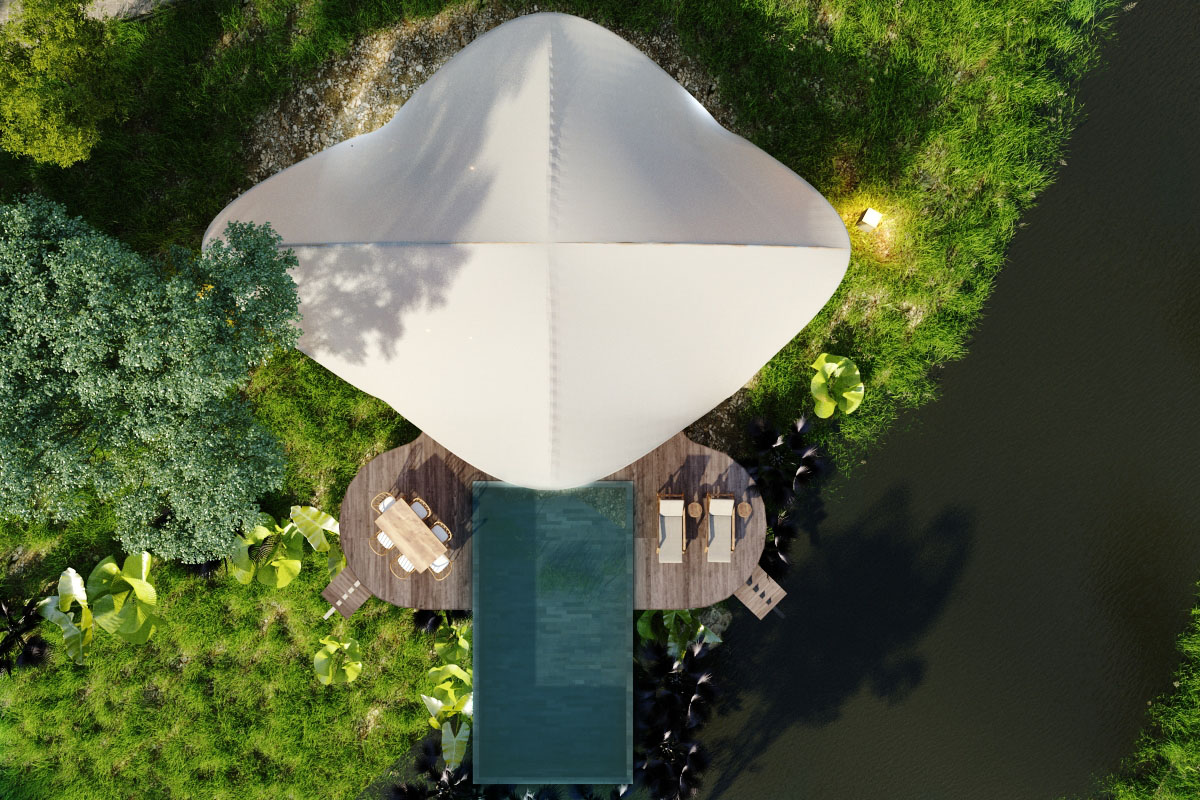Timber cabins have a rich history that spans centuries, evolving from simple shelters to the eco-friendly lodges of today. Their journey reflects the enduring appeal of wood as a building material and humanity’s deep-rooted connection to nature. As sustainability becomes a priority in modern construction, timber cabins remain a symbol of environmentally conscious living, blending tradition with innovation.
Origins of Timber Cabins
The history of timber cabins dates back to ancient civilizations, where wood was used to construct durable and practical homes. Early cabins appeared in regions with abundant forests, such as Scandinavia, Eastern Europe, and North America. Pioneers relied on timber for its availability, ease of use, and insulating properties. These rustic structures were often small and simple, designed to withstand harsh climates while providing warmth and security.
In Europe, timber-framed buildings became popular in the Middle Ages, showcasing intricate craftsmanship and regional styles. Meanwhile, log cabins gained prominence in North America, where settlers built sturdy homes using hand-hewn logs. These cabins symbolized resilience and adaptability, becoming an integral part of the cultural heritage of many nations.
Evolution into Modern Timber Cabins
Over time, timber cabins evolved from utilitarian shelters into stylish retreats. By the 19th century, advances in woodworking techniques allowed for greater design sophistication, transforming cabins into vacation homes and mountain lodges. Timber cabins began to reflect the architectural trends of their era, incorporating features like large windows, verandas, and intricate woodwork.
Today, timber cabins are at the forefront of sustainable construction, serving as eco-friendly lodges that prioritize environmental stewardship. Modern designs embrace bioclimatic principles, using locally sourced wood, natural ventilation, and renewable energy systems. These innovations maintain the timeless charm of timber cabins while reducing their ecological footprint.
Timber Cabins as Eco-Friendly Lodges
The resurgence of eco-friendly lodges has revitalized interest in timber cabins as a sustainable accommodation option. These lodges combine the natural beauty of wood with green building practices, such as using recycled materials and minimizing energy consumption. Timber’s thermal properties help maintain comfortable temperatures, reducing reliance on artificial heating and cooling.
Eco-friendly lodges built with timber also foster a deeper connection to the environment. Their designs often incorporate large windows and open spaces, allowing guests to immerse themselves in nature. Additionally, these lodges support local economies by sourcing materials and labor locally, further reinforcing their sustainability credentials.
The history of timber cabins is a testament to their enduring appeal and adaptability. From their humble beginnings as practical shelters to their modern role as eco-friendly lodges, timber cabins exemplify the balance between tradition and sustainability. Today, they continue to inspire eco-conscious travelers and builders, offering a harmonious blend of comfort, style, and environmental responsibility.
Contact Us Now!


